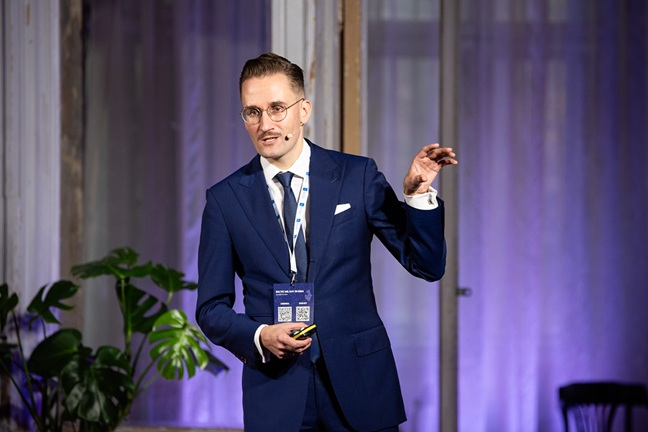Disinformation campaigns are designed to distort reality, create divisions, and manipulate public opinion. Latvia is frequently the target of foreign influence operations, so understanding these tactics is crucial. Dr. Rihards Bambals, a leading expert in strategic communication, discusses how disinformation evolves and the measures necessary to combat it.
Interview with Dr. Rihards Bambals
Q: What are some common tactics disinformation campaigns use that people should be aware of?
Dr. Rihards Bambals: Well, in Latvia, we’re particularly looking at Russia and Belarus as the main threat actors in the sphere of disinformation. They have been using certain tactics extensively for years, such as hostile narratives and disinformation aimed at portraying Latvia as a Russophobic country with poor human rights conditions. We see this with claims of nazism and other falsehoods intended to damage Latvia’s reputation on the international stage. They also exploit societal divisions, amplifying internal differences to create discord.
Of course, lately, they have adopted more modern tactics. They have migrated to social media platforms and become more refined. For example, they use Doppelgänger campaigns to mimic real media, deploy bots, and purchase engagement on social media—buying fake content, fake comments, and even fake content creators. Additionally, they employ humor and memes, which may seem innocent and lighthearted but can be quite dangerous. Over time, they influence audiences subtly, and the more people engage with them, the more they are exposed to this disinformation.
I would say they use disinformation as a slow poison that affects our minds and hearts over the long run. Unfortunately, to some extent, these tactics are effective. That’s why it’s crucial to strengthen our resilience against them.
 Dr. Rihards Bambals, Head of Strategic Communications at the State Chancellery of Latvia. Photo by: BCME.
Dr. Rihards Bambals, Head of Strategic Communications at the State Chancellery of Latvia. Photo by: BCME.
Q: In your view, what are the most effective strategies for combating disinformation in today’s digital landscape?
Dr. Rihards Bambals: We can't rely on just one strategy or tool—we need a holistic approach. Our approach is built on, first, effective government communication. Authorities must be proactive, empathetic, and human in their messaging. But communication must also be a two-way conversation, not just one-sided announcements.
Second, we need a quality independent media environment. The more journalists can do their job freely, and the more politicians and state officials disclose information, the more trustworthy information exists in the public space.
Third, and most importantly, we need societal resilience. This requires strong media and information literacy skills, as well as the involvement of the private sector, academia, and civil society in safeguarding the information environment. That is based on a comprehensive state defense approach, or as we say in Latvia: “My Latvia. My responsibility”.
Disinformation is a persistent and evolving threat, but a proactive, multi-layered approach can mitigate its impact. As Dr. Rihards Bambals highlights, clear government communication, independent media, and strong societal resilience are essential pillars in the fight against falsehoods. By promoting critical thinking, media literacy, and open dialogue, societies can fortify themselves against disinformation and uphold democratic values.
Author: Paula Biša
Background photo: Bargais
